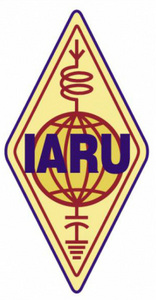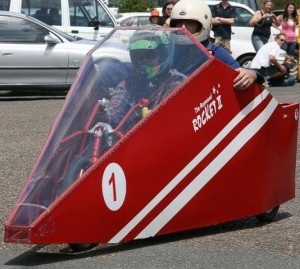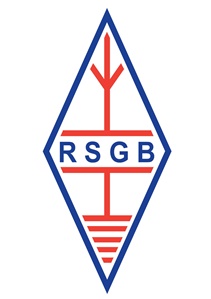 Via the WIA. Original post here.
Via the WIA. Original post here.
Date : 21 / 10 / 2015
Author : Jim Linton – VK3PC
The 16th triennial conference of International Radio Union Region 3 hosted by Organisasi Amatir Radio Indonesia or ORARI, was held at Bali, Indonesia, October 12-16. The meeting observed a minute silence in memory of Fred Johnson ZL2AMJ and Ken Pulfer VE3PU, who became silent keys and had contributed enormously to the IARU.
Welcoming everyone, were Gopal Madhavan VU2GMN, Chairman of Directors of IARU Region 3, and Conference Chairman, Mr SutiyosoYB0ST. Fifteen societies were present, and three represented by proxy. Also there were the IARU President Tim Ellam VE6SH, Vice President Ole Garpestad LA2RR and Secretary Rod Stafford W6ROD, the Region 1 President Don Beattie G3BJ, and Region 2 President Reinaldo Leandro YV5AM and Vice President Jose Molina YS1MS.
Timothy Ellam VE6SH made a warm welcome on behalf of the IARU Officers and the International Secretariat and thanked ORARI for the conference. He then pointed out that the WRC-15 is to be held in November and the IARU team would make their best effort for a possible allocation to amateur service near 5 MHz.
Indonesian Minister of Communication and Information Technology, Mr Rudiantara in his welcome recognised the important role of Amateur Radio in disaster communication in the archipelago. The Minister then joined by other speakers to formally declare the Conference open and jointly with Tim VE6SH, stroke the traditional gong.
The Conference then formed two working groups to handle 37 papers and submit recommendations to all delegates at the plenary sessions. Working Group 1 handled Policy Matters that included education, training, development of Amateur Radio and international and regional conferences involving radio administrations with special concentration on Youth. While Working Group 2 concerned Operational and Technical Matters, including emergency communications, digital modes, APRS common frequency and band plans. In addition a separate Finance committee looked at the budget and the dues were considered for the next three years.
The recommendations adopted included asking the IARU Administrative Council to issue to widely all information on the use of the Amateur Satellite Service. This information is to include the criteria for a satellite to be in the Amateur Satellite Service, and the procedure for IARU satellite frequency coordination. The Region 3 band plans were adjusted, and for possible ease of compliance Region 3 directors will consider adopting a format similar to that used in Regions 1 and 2. Societies were further asked to publicise digital mode developments and educate radio amateurs not to interfere with Amateur Radio digital transmissions. Attention also was called to newer digital modes, such as MFSK16, DominoEX, and FSQ, as possibly better performers than PSK31.
The following were elected as IARU Region 3 Directors. Rhee, Joong Guen HL1AQQ, Shizuo Endo JE1MUI, Peter Young VK3MV, Gopal Madhavan VU2GMN, Wisnu Widjaja YB0AZ, and Don Wallace ZL2TLL. Peter Lake ZL1AZ retired after having served many years as a Director. Later Gopal VU2GMN was re-elected as the Chairman. While Katsumi (Ken) Yamamoto JA1CJP was returned unopposed as Secretary.
A farewell dinner was held by ORARI at which Gopal VU2GMN gave his commendation to the retiring IARU Secretary Dave Sumner K1ZZ, and Peter Lake ZL1AZ, for their long service to IARU.
The Conference discussed many papers that can be found at the following link.
The 17th IARU Region 3 Conference will be at Seoul Korea late in 2018.
 From the WIA, original post here.
From the WIA, original post here.
 Via the
Via the  From
From 
 From
From